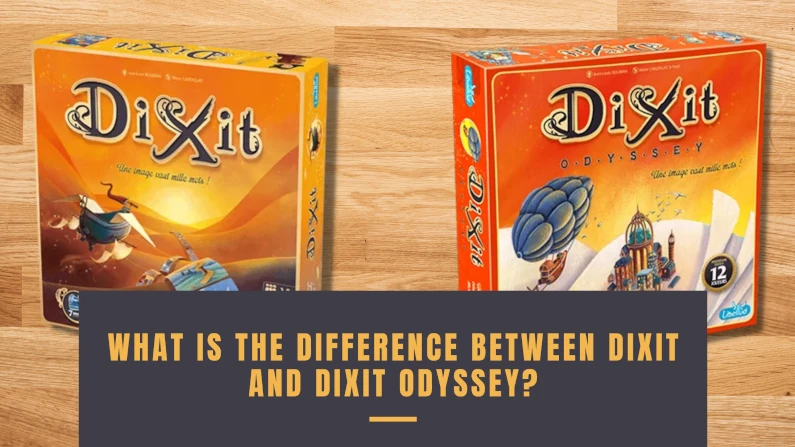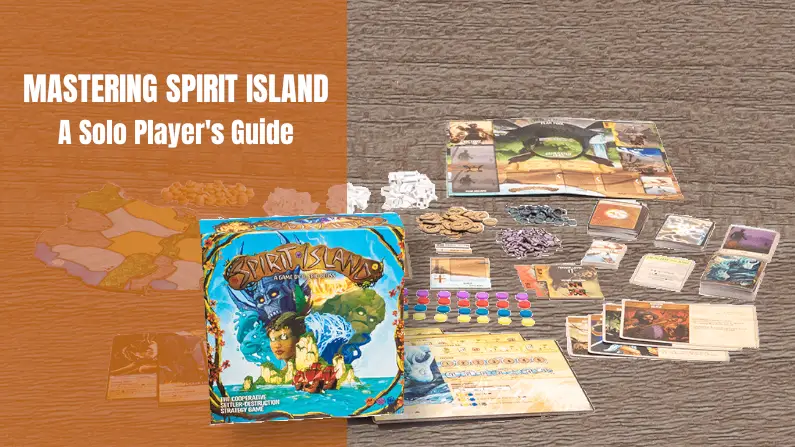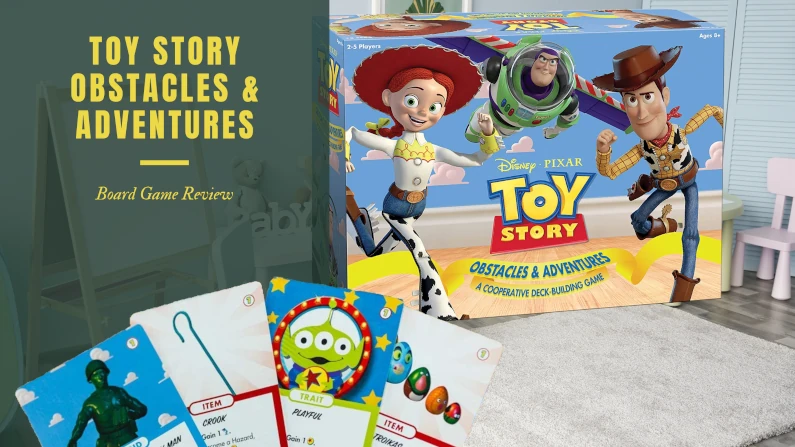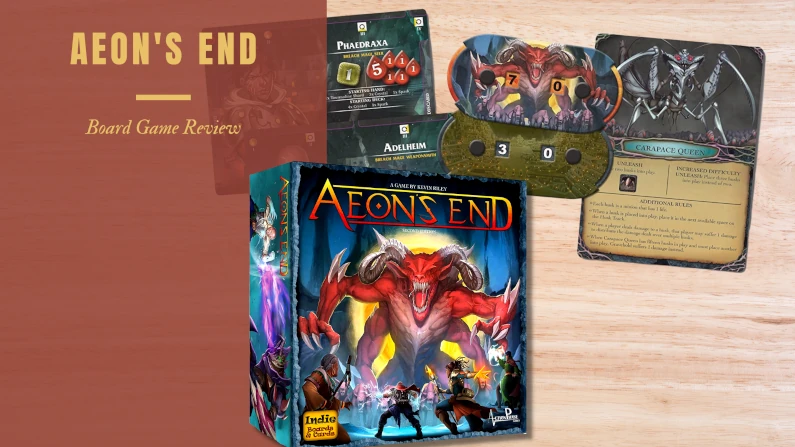What is the difference between Dixit and Dixit Odyssey?
We are an affiliate. We really hope you enjoy the products we recommend! When you click on links we may receive a commission or other compensation at no cost to you. Thank you for coming to our site and for any links you use. We really appreciate it.
Dixit is an amazing storytelling game from Libellud. The game is fantastic for parties as it is easy to learn and can play up to 12 players. In this article we will discuss what is the difference between Dixit and Dixit Odyssey.
If you are thinking of buying Dixit but are unsure of what version to get then this article will explain everything you need to know. There seems to be many versions of Dixit out there.
The difference between Dixit and Dixit Odyssey is the number of players. Dixit is for 3-6 players and Dixit Odyssey is for 3 -12 players. Dixit Odyssey has slightly modified rules and pieces to accommodate the 12 players.
Let’s take a look at what the differences are in finer detail.

Table of Contents
Dixit Overview
The game consists of 84 cards, each with an abstract picture on it. Each player is dealt 6 cards each from the deck. To start a player is selected as the storyteller.
Selection
The storyteller then selects one of their cards from their hand. They then make up a sentence that will describe the picture to the other players. The sentence could be a movie title, song, or poem that will reflect the picture.
The objective of the storyteller is to get some of the players to guess his card but not all. The storyteller does not get any points if no one or everyone guesses his card. So he must pitch his sentence so that it is just vague enough that at least one person will guess it but not all.
Now the other players review their own hands and each select a card that they believe represents the sentence that the storyteller has described. Their objective is to get the other players to guess that their card is the storytellers.
Each card is now placed face down in a pile on the table. The storyteller picks up the cards and shuffles them well. Then they place each card face up on the table so everyone can see.
Voting
There is now a voting stage and each player now votes on the card that they believe is the storyteller. You cannot vote for your own card and the storyteller knows which card is his so he does not take part.
Each of the other players have numbered tokens which they then select the number which represents the storyteller card in the row of cards facing them. Then they take their vote by placing the token face down on the table.
Once everyone has voted the tokens are turned up and placed under the card they represent on the table.
Now the storyteller reveals which card was their original and the round is then scored.
Scoring
Now we come to the scoring as follows:
- If the storyteller’s card was guessed by all or by none then they don’t get any points. However, each player gets 2 points.
- In the event that only one or more (not all) players guess correctly then those players and the storyteller each score 3 points.
- In addition to the above each player whose card was voted as the storytellers card gains 1 point per vote.
Each player moves their rabbit meeple along the game board track equal to the score they have just received.
End of Turn
Once the scoring is completed each player draws a new card so that they have 6 in their hand. The storyteller moves to the player on the left and the round begins again.
Winning
The objective of the game is to accumulate points. Once the last card is drawn from the deck then the game immediately ends. The player whose rabbit is furthest along the score track wins. Congratulations!
3 player variation
Thinking about the above rules in three player games. You can see that the voters know their card, which means they have a 50% chance of guessing the storyteller’s card. To make this more playable you can deal 7 cards each.
The other players to the storyteller can then choose two cards from their hand to add to the guesses. This makes the game much more interesting. When you come to pick up your cards the voters pick two cards instead of one to bring them back to 7 in their hand.
Dixit Standalone or Expansion?
Where most of the confusion comes from is the naming of games. Here is the full list of current standalone games:
Dixit
Dixit Odyssey
Stella Dixit Universe
From the overview we know that the game is based around the surreal cards with their abstract images. The standalone games come with a few other pieces like a game board, voting tokens, and rabbit meeples.
Stella Dixit Universe is a new game type that is a different variation of Dixit and Dixit Odyssey. It has different rules and a grid of 15 Dixit cards instead of each player having a hand of cards. So it is not really the same as the others although loosely based on Dixit.
All other versions are really expansions. So far the expansions are just more amazing cards to freshen your deck. Here is a list of expansions that come with cards only:
Odyssey
Quest
Journey
Origins
Daydreams
Memories
Revelations
Harmonies
10th Anniversary
Mirrors
Dixit vs Dixit Odyssey
So you can see that you must be careful when buying Odyssey as there is a standalone game and an expansion with the same name. The expansion only comes with the Odyssey deck of cards.
Saying that, there is nothing stopping you picking up an expansion and a good old pen and paper. Then going old school and playing the game keeping score using the pen and paper. The rules would remain the same.
The standalone games are quite nice when you are playing with a party though and make the voting clearer and easier to keep track.
So that brings us to the difference between Dixit and Dixit Odyssey. Dixit Odyssey is sold as a standalone with the rabbit meeples, tokens, and scoring track to make it easier to play with up to 12 players.
Do take note that there is also an expansion that is called Odyssey too that will only come as a deck of cards.
I can remember playing this game for the first time at a party and having such a blast. It was a real exploration of how someone’s brain works. When you find out the sentence they used for a certain picture. Some of them will have you in stitches.
Conclusion
Dixit is a great game. Which is why I selected it in my article 11 Board Games Like Codenames for good reason.
Dixit Odyssey is a superb party game and if you often have more than 6 players around your tabletop then this is a must buy. You will find it will become a staple with large groups.
If you hardly ever have more than 6 players then Dixit is definitely the version for you. It is fun and easy to play. But it will surely tax your brain.
Whilst Dixit seems simple there are nuances to the game that are very subtle. Getting the balance as storyteller will mean you will need an understanding of the other players and how their mind works.
I hope this article explains the differences between Dixit and Dixit Odyssey. It also informs you on what to buy so you don’t find yourself with a deck of cards and no idea how to play.



